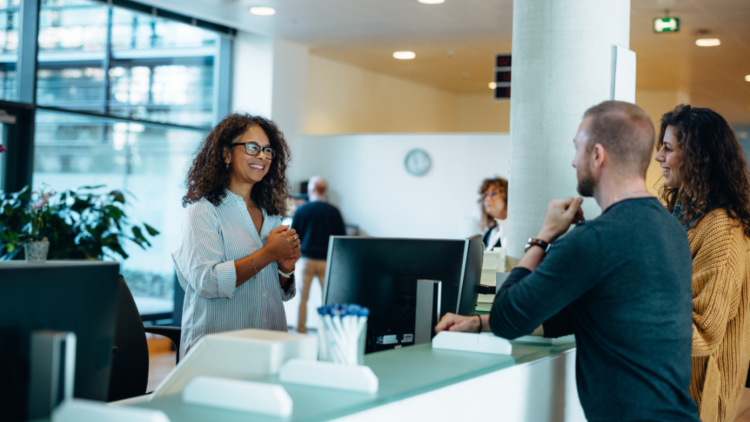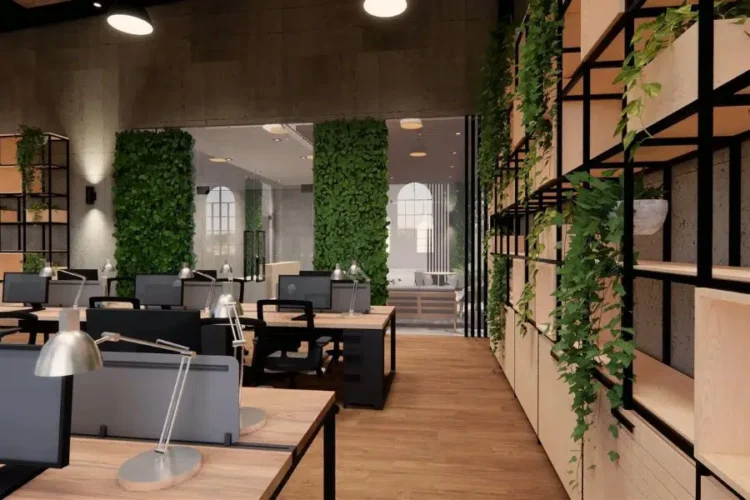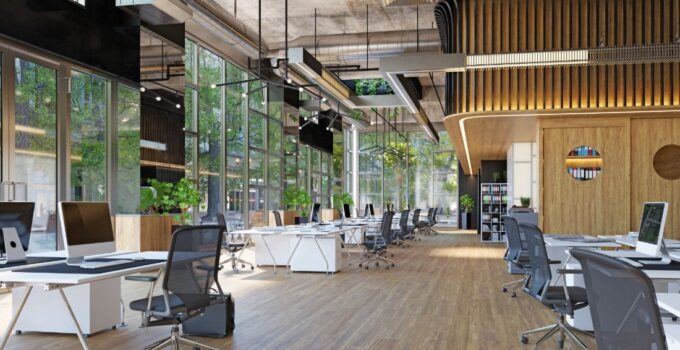Redesigning an office isn’t just about swapping desks or painting the walls. It’s a strategic decision that affects how employees feel, how clients perceive the company, and how efficiently work gets done.
A well-planned redesign can improve collaboration, reduce stress, and even strengthen your brand identity.
On the other hand, rushing into it without considering the right factors can lead to wasted resources and an office that doesn’t serve its purpose.
Page Contents
Why a Redesign Matters
The office environment shapes daily experiences. Studies show that well-designed workspaces can increase productivity by up to 20% while reducing absenteeism and turnover. A redesign is an opportunity to align the physical space with your company’s vision, values, and workflow.
Beyond efficiency, the visual impression of an office influences how clients, partners, and recruits view your organization. A cluttered, outdated office can unintentionally signal stagnation, while a modern, functional one reflects adaptability and progress.
Balancing Functionality with Practical Needs

Source: niveeta.in
Every office has unique requirements, from the number of private offices to the type of shared spaces. Before picking colors or décor, it’s important to evaluate:
- Workflow efficiency ─ Do teams need quiet zones or collaborative areas?
- Technology integration ─ Are there enough outlets, charging stations, and reliable Wi-Fi access points?
- Flexibility ─ Can spaces adapt to hybrid work models or rapid team changes?
An often-overlooked element is maintenance during and after redesign. For example, when major construction or furniture changes are underway, ensuring cleanliness is essential. Many businesses partner with services like Orange county office cleaning to keep the environment safe and presentable. Without consistent cleaning and upkeep, even the most modern office can quickly lose its impact.
Budget Planning and Cost Awareness
Redesigns can range from modest updates to full-scale renovations. Knowing your financial boundaries prevents overspending while still achieving meaningful improvements.
Typical cost drivers include:
- Construction and structural changes
- Furniture and ergonomic upgrades
- Lighting, HVAC adjustments, and acoustic treatments
- Professional fees (designers, contractors, consultants)
- Post-renovation cleaning and maintenance
It’s helpful to prepare a detailed cost table to visualize priorities:
|
Category |
Average Cost Range |
Priority Level |
| Furniture & Fixtures | $300–$1,000 per workstation | High |
| Lighting Upgrades | $1,500–$5,000 per office floor | Medium |
| Tech Infrastructure | $2,000–$10,000+ depending on scale | High |
| Design & Consulting | 10–15% of total project | Medium |
| Cleaning & Maintenance | $500–$2,000 monthly | Essential |
Employee-Centric Design Decisions

Source: blog.fentress.com
A redesign should serve the people who use the office every day. Ignoring employee needs risks creating beautiful spaces that frustrate or alienate. Gathering input through surveys, workshops, or informal feedback ensures the layout fits real-life tasks.
Employees often highlight practical pain points managers overlook: insufficient storage, noisy open layouts, or poor air circulation. Addressing these not only enhances satisfaction but can directly improve performance and retention.
Health, Safety, and Comfort Considerations
Modern office redesigns increasingly focus on employee well-being. Air quality, ergonomic furniture, natural lighting, and soundproofing are no longer “nice-to-haves” – they’re essential for maintaining energy and preventing burnout.
- Ergonomics ─ Chairs, desks, and monitor placement should support healthy posture.
- Lighting ─ Natural light improves mood; LED fixtures reduce eye strain.
- Acoustics ─ Sound-dampening materials help concentration.
- Indoor air quality ─ Plants, proper ventilation, and regular cleaning combat fatigue.
These adjustments show employees that their comfort is valued, which fosters loyalty and reduces turnover.
Sustainability and Long-Term Maintenance

Source: studioa.works
A forward-thinking redesign considers not only today’s needs but also future sustainability. Energy-efficient lighting, recycled materials, and modular furniture minimize environmental impact and cut costs over time.
Long-term maintenance is equally critical. Offices that look sleek on opening day can become worn and uninspiring within a year without consistent upkeep. Planning for maintenance contracts, periodic inspections, and scheduled deep cleans helps preserve your investment.
Conclusion ─ Redesign with Purpose
Redesigning an office is more than a design challenge – it’s a strategic investment in people, productivity, and brand identity. Success comes from balancing aesthetics with practical needs, listening to employees, planning for budget and maintenance, and choosing reliable partners. When approached thoughtfully, the result is a workspace that energizes, inspires, and supports long-term business growth.





